What Is Cabbage? Benefits, Contraindications and How to Use it Best in The Kitchen
Cabbage is an ingredient rich in benefits and with a delicate flavor: using it in the kitchen is very simple. Here are the nutrients it provides, how to choose it, clean it and use it at its best.
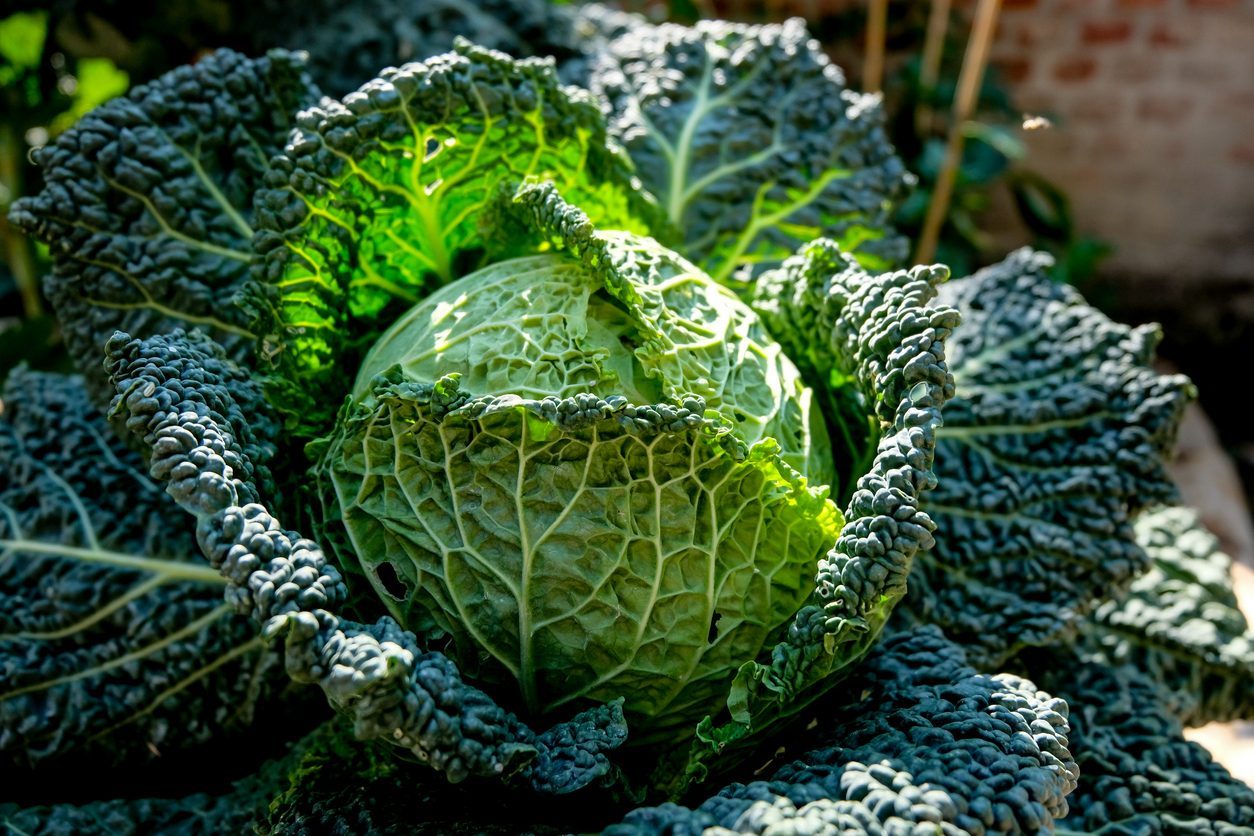;Resize,width=742;)
Belonging to the Cruciferae family – the same as broccoli, cabbage and cauliflower – cabbage is a true concentrate of vitamins, minerals and fibre: its delicate flavor makes it a versatile ingredient, perfect for preparing both simple and elaborate dishes and also suitable for children, who often do not like this type of vegetable with an intense smell. Not only that: the benefits of this vegetable are many, from its ability to strengthen the immune system, to its protective action on the heart and blood vessels. Available in the autumn and winter, cabbage is a vegetable that is easy to clean and cook: here are its specific benefits and how to best use it in the kitchen.
The Benefits of Cabbage
Cabbage is a real panacea for our body: thanks to its rich nutrient content, this vegetable:
- Strengthens the immune system. The presence of vitamin C, a powerful antioxidant, helps protect the body from attacks by free radicals and strengthens the immune system.
- It aids digestion. The fibers contained in cabbage stimulate intestinal peristalsis, aiding digestion and preventing problems such as constipation.
- Protects the heart. The potassium in cabbage helps regulate blood pressure, reducing the risk of cardiovascular disease.
- It helps control appetite. Cabbage is a low-calorie food and rich in fiber, which gives a feeling of satiety and helps control appetite.
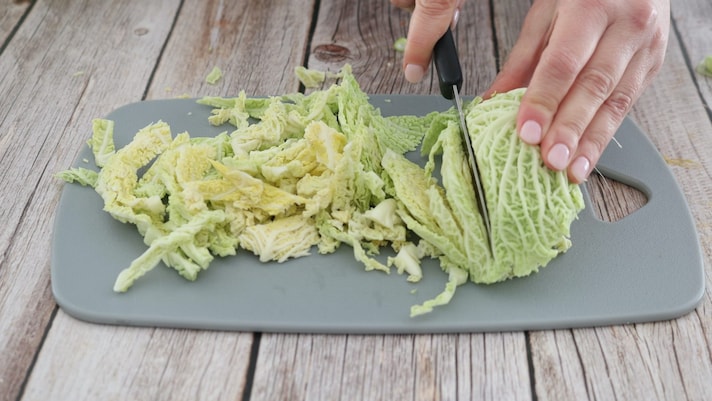
Contraindications and Precautions
Despite its many benefits, excessive consumption of cabbage can cause some gastrointestinal problems, such as bloating and gas production, due to the presence of indigestible fiber. In some people, cabbage can also interfere with the absorption of certain medications, such as thyroid medications. It is therefore advisable to consult your doctor if you have any doubts or if you are undergoing drug therapy.
How to Recognize a Good Cabbage
Choosing a good pour at the supermarket or at the market is not difficult at all, you just need to pay attention to a few details:
- Leaves. They should be a nice deep green, crisp and free of spots.
- Weight. Cabbage should be heavy for its size, a sign of freshness and hydration.
- Core. The core must be compact and well adherent to the leaves.
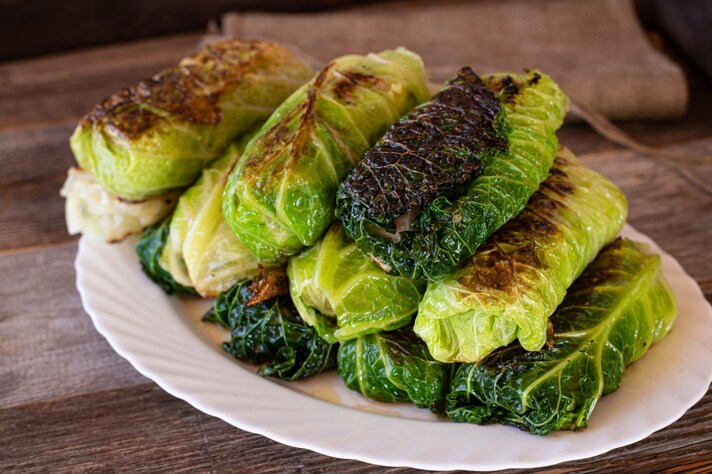
How to Clean and Store Cabbage
Cleaning cabbage is very simple: all you need is a cutting board and a sharp knife. Start by removing the outer leaves that are more damaged or withered, then eliminate the central part of the cabbage, where the leaves are tougher. Wash the leaves under cold running water to remove any traces of soil: now you can use them in your favorite recipes.
To best preserve raw cabbage, wrap it in absorbent paper and place it in the refrigerator drawer: this way, it will remain fresh and crunchy for several days. For longer storage, you can freeze the previously boiled and drained leaves.
How to Use Cabbage in The Kitchen
Cabbage is a versatile ingredient that lends itself to numerous preparations, some of which are very simple and quick: for example, you can quickly sauté it in a pan with garlic, chili pepper, aromatic herbs and a drop of wine, or stew it in a pan, adding potatoes, onions, olives and a hot broth where you can cook it for 10-15 minutes. If you are looking for a tasty side dish, you can bake it in the oven with breadcrumbs, parmesan and aromatic herbs and serve it with a main dish of meat or fish.
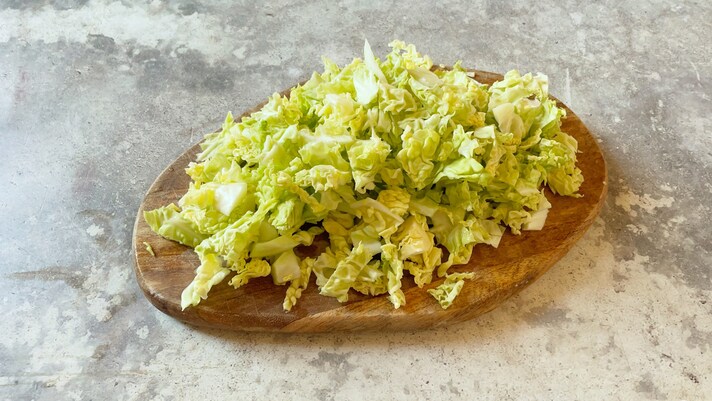
Cabbage pairs beautifully with meat, especially pork—just think of Southern-style braised cabbage cooked with smoked ham hocks or bacon, where the slow simmering brings out deep, savory flavors. Or take stuffed cabbage rolls, a classic comfort food filled with a mix of ground beef and pork, rice, and spices, then simmered in a rich tomato sauce. You can also hollow out a cabbage, stuff it with a hearty mixture of sausage and cheese, and bake it for a flavorful all-in-one meal.
Cabbage is also a staple in winter soups and stews, adding a subtle sweetness and texture to dishes like cabbage and potato soup or hearty corned beef and cabbage stew. For a cozy weekend dish, try cabbage rolls, either in the traditional meaty version or as a vegetarian alternative stuffed with mashed potatoes, herbs, and cheese for a satisfying and comforting meal.
;Resize,width=767;)
;Resize,width=712;)

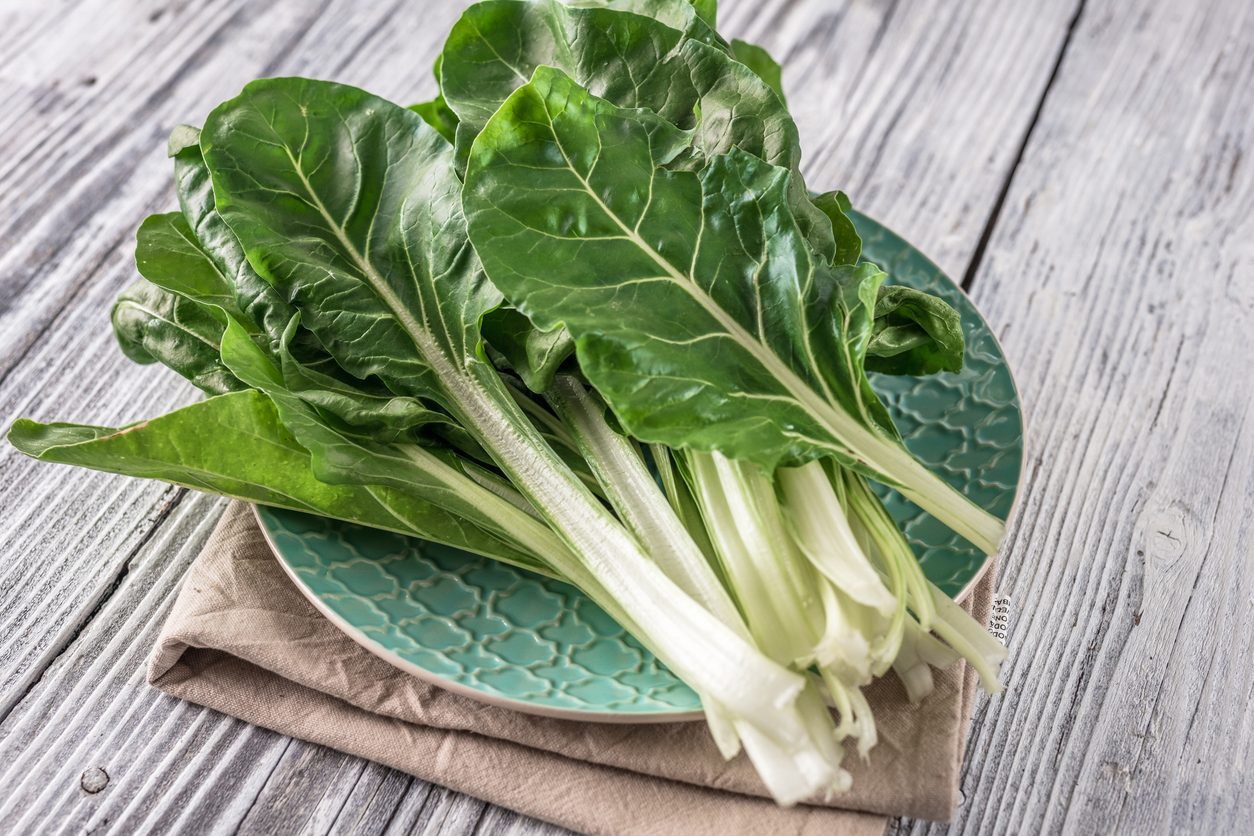;Resize,width=712;)
